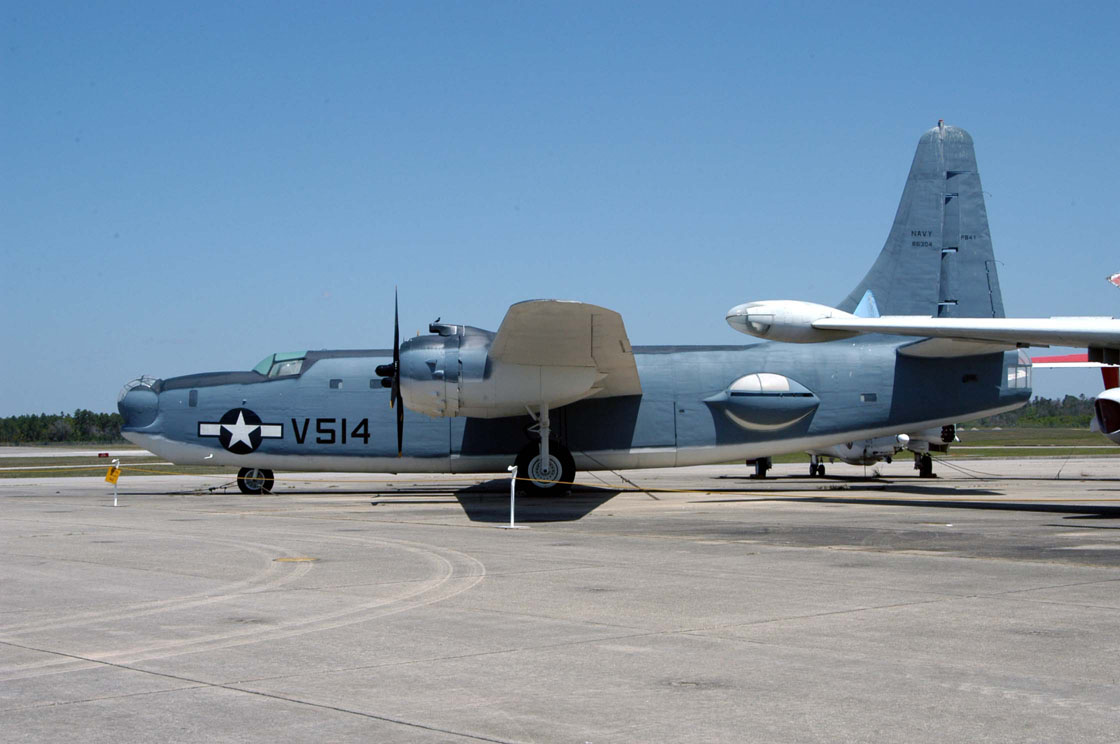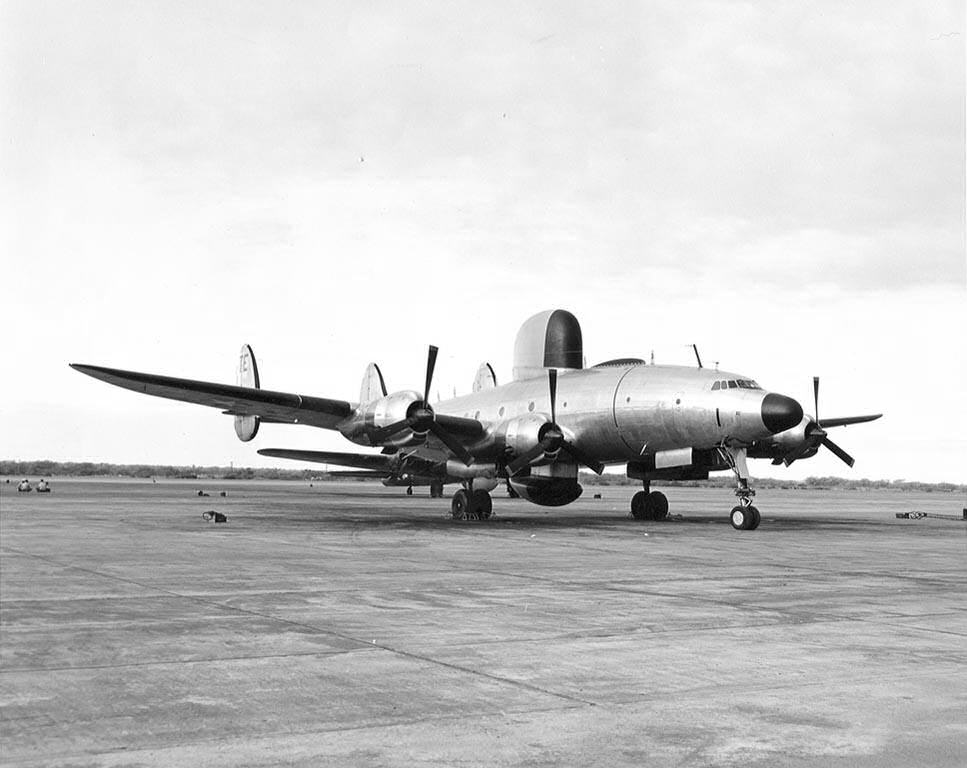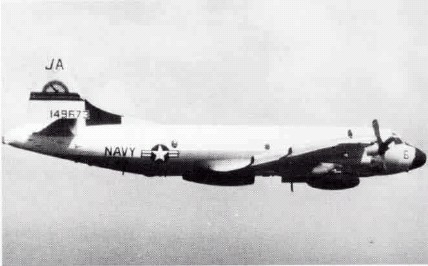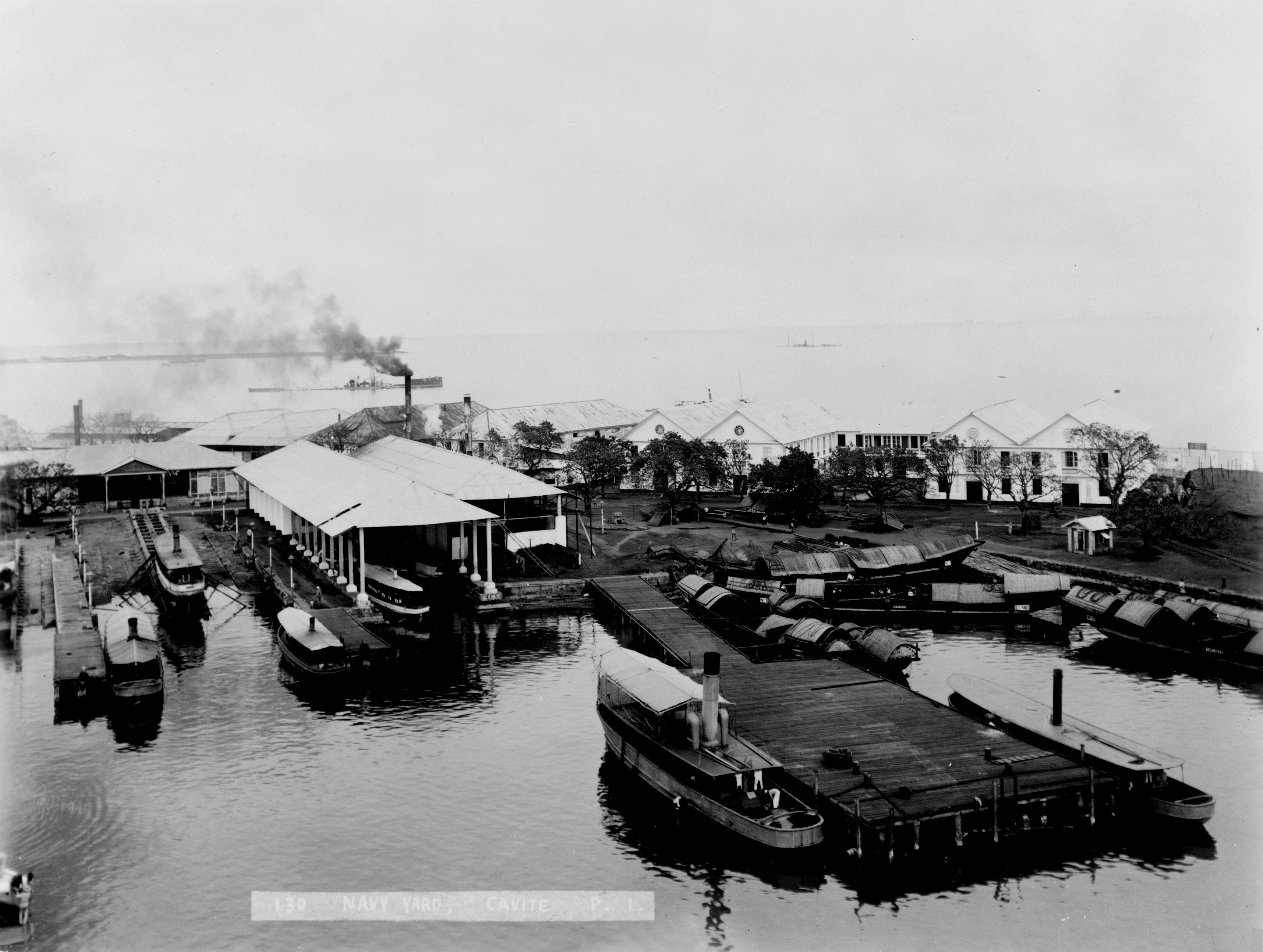|
VQ-2
Fleet Air Reconnaissance Squadron VQ-2, also known as "Batmen" and later "Sandeman," was an air reconnaissance squadron of the United States Navy, established on 1 September 1955 and based at NAS Whidbey Island, previously at NAVSTA Rota, Spain, flying both Douglas EA-3B Skywarrior and Lockheed EP-3E Aries aircraft until 1991 and then strictly EP-3E aircraft until 2012. The squadron was disestablished on 22 May 2012. Squadron history 1950s Roots Fleet Air Reconnaissance in the European Theater had been conducted since the start of the Cold War by detachments within patrol squadrons (VP) flying modified PB4Y-2 PrivateersDonald from NAS Port Lyautey and conducting missions in the Baltic, Black, Mediterranean, and North Seas. These missions occasionally provoked reactions, sometimes hostile, from behind the Iron Curtain. On April 8, 1950, Soviet Lavochkin La-11 fighters shot down a Lyautey-based PB4Y-2 Privateer (BUNO 59645) over the Baltic Sea, off the coast of Liepāja, Latvia ... [...More Info...] [...Related Items...] OR: [Wikipedia] [Google] [Baidu] |
Martin P4M Mercator
The Martin P4M Mercator was a maritime reconnaissance aircraft built by the Glenn L. Martin Company. The Mercator was an unsuccessful contender for a United States Navy requirement for a long-range maritime patrol bomber, with the Lockheed P2V Neptune chosen instead. It saw a limited life as a long-range electronic reconnaissance aircraft. Its most unusual feature was that it was powered by a combination of piston engines and turbojets, the latter being in the rear of the engine nacelles. Design and development Work began on the Model 219 in 1944, as a replacement for the PB4Y Privateer long-range patrol bomber, optimised for long range minelaying missions, with the first flight being on 20 October 1946.Lake and Dorr 2000, p.139. A large and complicated aircraft, it was powered by two Pratt & Whitney R4360 Wasp Major 28-cylinder radial engines. To give a boost during takeoff and combat, two Allison J33 turbojets were fitted in the rear of the two enlarged engine nacelles, the i ... [...More Info...] [...Related Items...] OR: [Wikipedia] [Google] [Baidu] |
A-3 Skywarrior
The Douglas A-3 Skywarrior is a jet-powered strategic bomber that was developed and produced by the Douglas Aircraft Company. It was designed by Douglas on behalf of the United States Navy, which sought a carrier-capable strategic bomber. During July 1949, Douglas was awarded the contract to produce its design, having bested eight other aircraft companies' submissions. Unlike rival designs, which had aimed for a maximum take-off weight, the Skywarrior was developed for a take-off weight, facilitating its use from the navy's existing s. Large portions of the aircraft were produced by the Westinghouse Electric Corporation, including its early Westinghouse J40 turbojet engines, which failed to meet promises and were replaced by the rival Pratt & Whitney J57 engine by mid-1953. On 28 October 1952, the prototype ''XA3D-1'' performed the type's maiden flight. On 31 March 1956, the Skywarrior entered squadron service with the Navy. Initially used in the nuclear-armed strategic bomb ... [...More Info...] [...Related Items...] OR: [Wikipedia] [Google] [Baidu] |
NAVSTA Rota
Naval Station Rota, also known as NAVSTA Rota ( es, Base Naval de Rota, links=no), is a Spanish-American naval base commanded by a Spanish Rear Admiral. Located in Rota in the Province of Cádiz, NAVSTA Rota is the largest American military community in Spain, housing US Navy and US Marine Corps personnel. There are also small US Army and US Air Force contingents on the base. History NAVSTA Rota has been in use since 1953, when Spanish dictator Francisco Franco strengthened relations with the United States as a move to relax international sanctions imposed by the United Nations since 1945. The installation now covers more than on the northern shore of Cadiz, an area recognized for its strategic, maritime importance over the centuries. The Chief of Naval Operations deployed Submarine Squadron 16 (SUBRON 16) to Rota on 28 January 1964 and embarked upon . completed its first Fleet Ballistic Missile (FBM) deterrent patrol with the Polaris missile and commenced the first ref ... [...More Info...] [...Related Items...] OR: [Wikipedia] [Google] [Baidu] |
Lockheed EC-121 Warning Star
The Lockheed EC-121 Warning Star was an American airborne early warning and control radar surveillance aircraft operational in the 1950s in both the United States Navy (USN) and United States Air Force (USAF). The military version of the Lockheed L-1049 Super Constellation was used to serve as an airborne early warning system to supplement the Distant Early Warning Line, using two large radomes (a vertical dome above and a horizontal one below the fuselage). It replaced the TBM-3W used by the USN. Some EC-121s were also used for signal intelligence gathering. The EC-121 was introduced in 1954 and phased out in 1978, although a single specially modified EW aircraft remained in USN service until 1982. The USN versions when initially procured were designated WV-1 (PO-1W), WV-2, and WV-3. The USAF Warning Stars served during the Vietnam War both as electronic sensor monitors and as a forerunner to the Boeing E-3 Sentry AWACS. USAF aircrews adopted its civil nickname, "Connie" ( ... [...More Info...] [...Related Items...] OR: [Wikipedia] [Google] [Baidu] |
Operation El Dorado Canyon
The 1986 United States bombing of Libya, code-named Operation El Dorado Canyon, consisted of air strikes by the United States against Libya on Tuesday 15 April 1986. The attack was carried out by the U.S. Air Force (USAF), U.S. Navy and U.S. Marine Corps via air strikes, in retaliation for the West Berlin discotheque bombing ten days earlier, which U.S. President Ronald Reagan blamed on Libyan leader Muammar Gaddafi. There were 40 reported Libyan casualties, and one U.S. plane was shot down. One of the claimed Libyan deaths was of a baby girl, reported to be Gaddafi's daughter, Hana Gaddafi. However, there are doubts as to whether she was really killed, or whether she really even existed. Origins Libya represented a high priority for President Ronald Reagan shortly after his 1981 inauguration. Libyan leader Muammar Gaddafi was firmly anti-Israel and had supported violent organizations in the Palestinian territories and Syria. There were reports that Libya was attempting to ... [...More Info...] [...Related Items...] OR: [Wikipedia] [Google] [Baidu] |
Lockheed EP-3
The Lockheed EP-3 is an electronic signals reconnaissance variant of the P-3 Orion, operated by the United States Navy. Development A total of 12 P-3C aircraft were converted to replace older versions of the aircraft, which had been converted in the late 1960s and early 1970s. The aircraft is known by the acronym ARIES, or "Airborne Reconnaissance Integrated Electronic System". and has Signals intelligence (SIGINT) capabilities. SIGINT is the interception of signals, whether communications between people (communications intelligence—abbreviated to COMINT) or from electronic signals not directly used in communication (electronic intelligence—abbreviated to ELINT). The EP-3E generally has a crew of 24, including linguists, cryptographers and technicians. The squadrons that flew the EP-3E also flew the Lockheed EC-121 Warning Star from 1962 to 1974 and the Douglas EA-3B Skywarrior from 1960 to 1991. There are 11 EP-3Es in the Navy's inventory, the last of which was deliver ... [...More Info...] [...Related Items...] OR: [Wikipedia] [Google] [Baidu] |
United States
The United States of America (U.S.A. or USA), commonly known as the United States (U.S. or US) or America, is a country primarily located in North America. It consists of 50 states, a federal district, five major unincorporated territories, nine Minor Outlying Islands, and 326 Indian reservations. The United States is also in free association with three Pacific Island sovereign states: the Federated States of Micronesia, the Marshall Islands, and the Republic of Palau. It is the world's third-largest country by both land and total area. It shares land borders with Canada to its north and with Mexico to its south and has maritime borders with the Bahamas, Cuba, Russia, and other nations. With a population of over 333 million, it is the most populous country in the Americas and the third most populous in the world. The national capital of the United States is Washington, D.C. and its most populous city and principal financial center is New York City. Paleo-Americ ... [...More Info...] [...Related Items...] OR: [Wikipedia] [Google] [Baidu] |
Consolidated PB4Y-2 Naval Aviation Museum
Consolidated may refer to: *Consolidated (band) **''¡Consolidated!'', a 1989 extended play *Consolidated Aircraft (later Convair), an aircraft manufacturer * Consolidated city-county *Consolidated Communications * Consolidated school district *Consolidated Foods The Sara Lee Corporation was an American consumer-goods company based in Downers Grove, Illinois. It had operations in more than 40 countries and sold its products in over 180 countries. Its international operations were headquartered in Utrecht ... See also * * Consolidation (other) {{disambig ... [...More Info...] [...Related Items...] OR: [Wikipedia] [Google] [Baidu] |
PB4Y-2 Privateer
The Consolidated PB4Y-2 Privateer is an American World War II and Korean War era patrol bomber of the United States Navy derived from the Consolidated B-24 Liberator. The Navy had been using B-24s with only minor modifications as the PB4Y-1 Liberator, and along with maritime patrol Liberators used by RAF Coastal Command this type of patrol plane was proven successful. A fully navalised design was desired, and Consolidated developed a dedicated long-range patrol bomber in 1943, designated PB4Y-2 Privateer.Baugher, Joe"Convair PB4Y-2 Privateer."''American Military Aircraft,'' 23 August 1999. Retrieved: 13 November 2010. In 1951, the type was redesignated P4Y-2 Privateer. A further designation change occurred in September 1962, when the remaining Navy Privateers (all having previously been converted to drone configuration as P4Y-2K) were redesignated QP-4B. Design and development The Privateer was externally similar to the Liberator, but the fuselage was longer to accommodate a f ... [...More Info...] [...Related Items...] OR: [Wikipedia] [Google] [Baidu] |
NAS Sangley Point
Naval Station Sangley Point was a communication and hospital facility of the United States Navy which occupied the northern portion of the Cavite City peninsula and is surrounded by Manila Bay, approximately eight miles southwest of Manila, the Philippines. The station was a part of the Cavite Navy Yard across the peninsula. The naval station had a runway that was built after World War II, which was used by U.S. Navy Lockheed P-2 Neptune, Lockheed P-3 Orion, and Martin P4M Mercator maritime patrol and anti-submarine warfare aircraft. An adjacent seaplane runway, ramp area and seaplane tender berths also supported Martin P5M Marlin maritime patrol aircraft until that type's retirement from active naval service in the late 1960s. NAS Sangley Point/NAVSTA Sangley Point was also used extensively during the Vietnam War, primarily for U.S. Navy patrol squadrons forward deployed from the United States on six-month rotations. The naval station was turned over to the Philippine govern ... [...More Info...] [...Related Items...] OR: [Wikipedia] [Google] [Baidu] |
Lavochkin La-11
The Lavochkin La-11 (NATO reporting name Fang) was an early post-World War II Soviet long-range piston-engined fighter aircraft. The design was essentially that of a Lavochkin La-9 with additional fuel tanks and the deletion of one of the four 23 mm Nudelman-Suranov NS-23 cannons. Like the La-9, the La-11 was designed to be a low to medium-altitude general-purpose fighter, although the additional fuel tanks were added with the intent of employing the La-11 in the escort fighter role. In reality, the La-11 would go on to serve almost exclusively as an interceptor, with the majority of its engagements during the Korean War seeing it pitted against bomber and transport aircraft. While an improvement over earlier aircraft, the La-9 and La-11 retained the poor high-altitude performance that was common among many Soviet piston-engined airframes, with the La-11 enjoying only a 20 kph (12 mph) advantage over the Boeing B-29 Superfortress at the latter’s cruising alt ... [...More Info...] [...Related Items...] OR: [Wikipedia] [Google] [Baidu] |
Allison J33-A-10A
The General Electric/Allison J33 is a development of the General Electric J31, enlarged to produce significantly greater thrust, starting at and ending at with an additional low-altitude boost to with water-alcohol injection. Development The J33 was originally developed by General Electric as a follow-on to their work with the designs of Frank Whittle during World War II. Their first engine was known as the General Electric I-A, but after major changes to adapt it to US production and to increase thrust, it started limited production as the I-16 in 1942, the 16 referring to its thrust. Full production started as the J31 when the United States Army Air Forces introduced common naming for all their engine projects. Along with the I-16, GE also started work on an enlarged version, known as the I-40. As the name implied, the engine was designed to provide . Apart from size, the main difference between I-16 and the I-40 was the combustion system: the I-16 had ten reverse-flow c ... [...More Info...] [...Related Items...] OR: [Wikipedia] [Google] [Baidu] |








